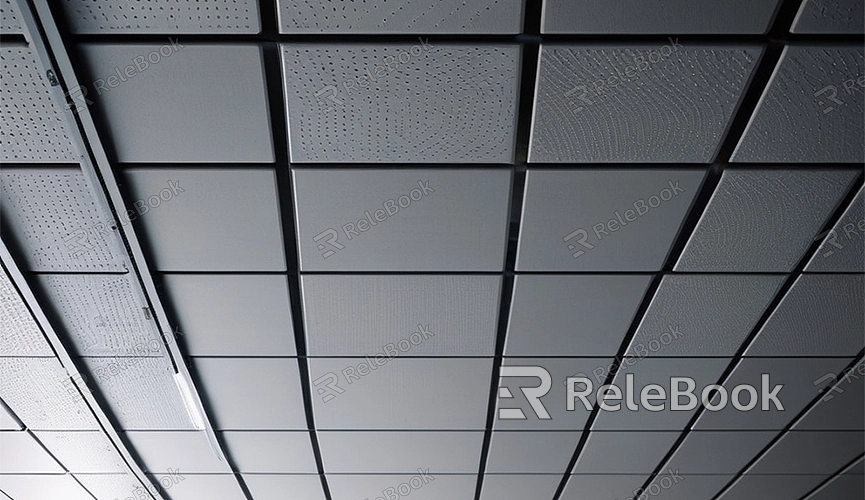3dsmax how to remove textured ceiling
Textured ceilings are a common decorative technique that adds visual appeal and depth to a room. However, there may be times when you want to remove the texture from the ceiling to achieve a cleaner and more modern look. In 3ds Max, you can accomplish this goal through some simple steps. This article will introduce you to how to remove textured ceiling in 3ds Max, allowing your design to become more refined.
1. Import Ceiling Model
First, open the 3ds Max software and import the ceiling model you want to work on. You can do this by clicking on "File" in the menu bar, then selecting "Import," and choosing your ceiling model file for import. Make sure the model is imported correctly and displayed in the 3ds Max workspace.

2. Select Ceiling Surface
In the imported ceiling model, use the Selection Tool or press the "W" key on the keyboard to select the surface of the ceiling. You can click on the ceiling surface or drag the mouse to make the selection. Ensure that the entire ceiling surface is selected, not just a part of it.
3. Perform UV Editing
After selecting the ceiling surface, click on the "Modify" tab at the top of the 3ds Max interface, then choose either "UVW Map" or "Unwrap UVW" option. In the UV editing interface, you can edit the UVW coordinates of the ceiling surface to control the texture mapping and display effects.
4. Remove Textured Ceiling
In the UV editing interface, you can choose to remove the textured ceiling. By adjusting the mapping method of UVW coordinates or editing the positions of UVW vertices, you can map the texture to a uniform area or stretch it to an invisible area, thereby achieving the effect of removing the texture. Different removal methods can achieve different effects, so you can choose according to your actual needs. Alternatively, after removing the unwanted textured ceiling, replace it with 3D textures downloaded from Relebook to see the specific effects.
5. Save and Export
After removing the textured ceiling, remember to save your work. Click on "File" in the menu bar, then select "Save," choose the save path and file name, and click the "Save" button to save. If you need to export the processed ceiling model, you can choose "File" > "Export," then select the export file format and parameters for export.
6. Render and Preview
After exporting the processed ceiling model, you can render and preview it. Click on the "Render" tab at the top of the 3ds Max interface, then select "Render Setup" for rendering settings. Adjust the rendering parameters and light settings, then click the "Render" button for rendering preview to see the final effect of the ceiling.
7. Adjust and Optimize (Optional)
Based on the rendering preview, you may need to make some adjustments and optimizations. For example, adjust material and light settings to optimize the appearance and texture of the ceiling. You can also further edit and correct the model to meet your design requirements and quality standards.
With these easy steps, you can effortlessly remove textured ceiling in 3ds Max and achieve your design vision. In the actual operation process, remember to flexibly use various tools and techniques according to the actual situation to achieve the best results. If you need many high-quality 3D textures and HDRI or downloadable 3D models while creating models and virtual scenes, you can download them from Relebook and directly import textures and 3D models into your project.

